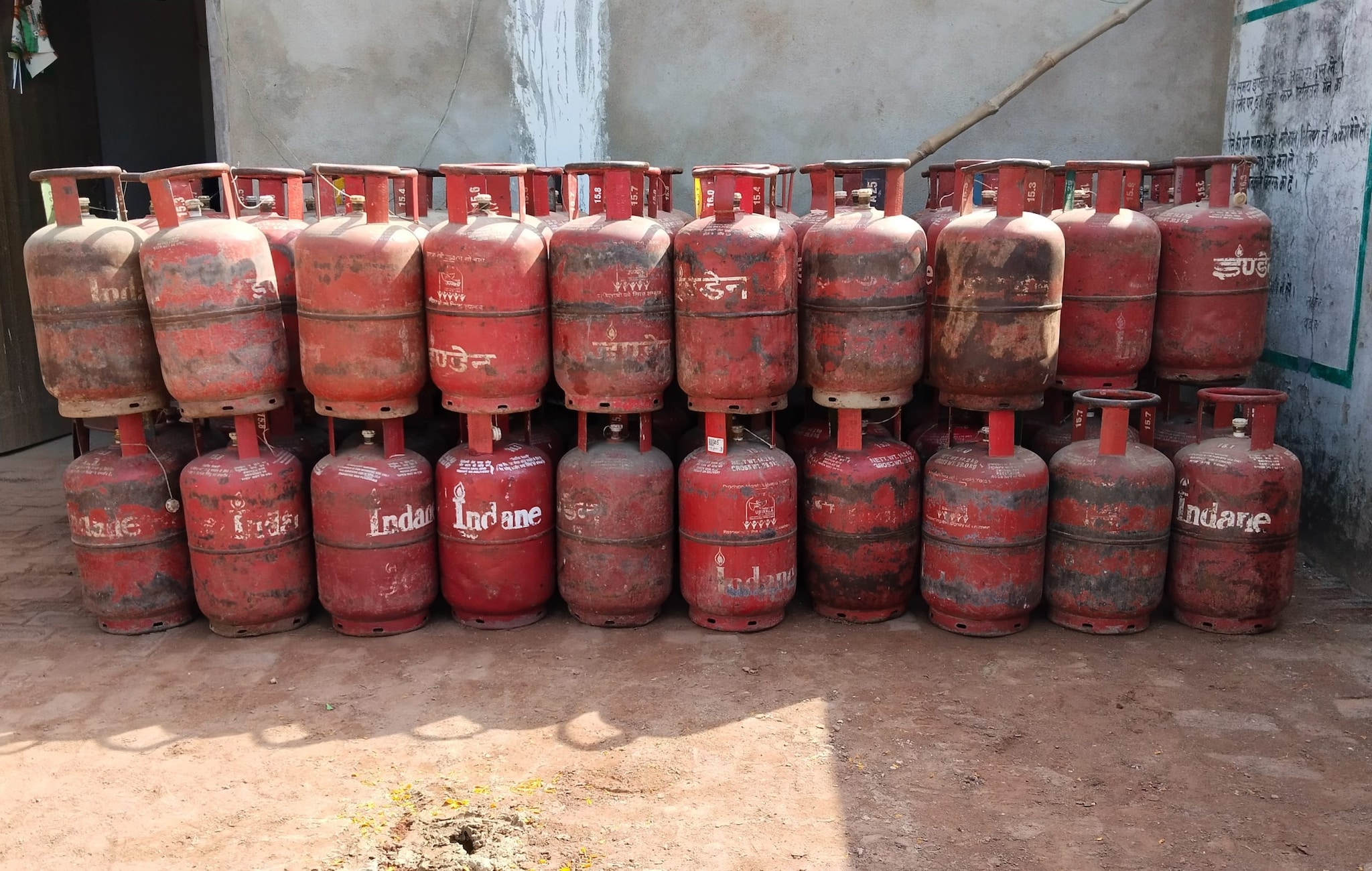Employees remove finished wood products from the production line inside the sawmill at Gorman Bros. Lumber Ltd. in West Kelowna, B.
C., on April 7. Matt Mills McKnight/Reuters The U.

S. Department of Commerce’s moves to raise duty rates against Canadian producers of softwood lumber could be followed by new tariffs, further increasing the pain for Canada in the persistent trade dispute. The Commerce Department said Friday that it plans to more than double the combined anti-dumping and countervailing duties against most Canadian producers to 34.
45 per cent. The preliminary plans for higher duty rates, which are set to take effect by September, are a prelude to a new investigation into lumber that could hit Canada hard. Last month, U.
S. President Donald Trump signed an executive order that launched the probe, which could result in introducing tariffs globally on imports of softwood and other wood products. The investigation is scheduled to be completed by the end of this year.
His executive order that threatened lumber tariffs cited Section 232 of the Trade Expansion Act, allowing him to connect the softwood file with national security. Last week, B.C.
Premier David Eby described it as “a ludicrous national-security investigation into our timber practices here.” Mr. Trump also has signed a separate executive order designed to spur lumber production within the United States.
On Friday, the Commerce Department announced its preliminary decision to raise countervailing duty rates on Canadian softwood producers. Most forests in Canada are on Crown land, where buyers pay “stumpage fees” to provincial governments for the right to log. The U.
S. has alleged that the fees are too low, and that they amount to subsidies. The Americans have levied countervailing duties in retaliation, including against various government programs in Canada that are viewed as subsidies.
“We find that the stumpage market in British Columbia is distorted,” said a statement from the Commerce Department, which plans to hike the countervailing duty rate against most Canadian producers to 14.38 per cent, compared with the existing 6.74 per cent.
Last month, the U.S. unveiled preliminary plans to increase anti-dumping duties in response to Canadian softwood allegedly being sold at below market value.
The anti-dumping duty rate imposed on most Canadian producers is slated to rise to 20.7 per cent by late summer, compared with the current 7.66 per cent.
Zoltan van Heyningen, executive director of the U.S. Lumber Coalition, criticized Canadian producers for allegedly “dumping their massive excess lumber capacity.
” In the Commerce Department’s rate revision last September, the combined countervailing and anti-dumping duties totalled 14.4 per cent for most Canadian lumber producers, down from 14.54 per cent in August but up sharply when compared with 8.
05 per cent in early 2024. The softwood dispute dates back to the early 1980s, with the spat intensifying since 2017. The decision to raise countervailing duty rates on Canadian producers stems in part from the Commerce Department’s methodology to calculate that the B.
C. government’s system of charging timber-harvesting fees amounts to unfair subsidies, compared with Washington State. “That methodology is really flawed.
It’s not really an apples-to-apples comparison,” Kurt Niquidet, president of the BC Lumber Trade Council, said in an interview. Mr. Trump has repeatedly claimed that the U.
S. has plenty of forests with timber supplies to be self-sufficient. But Vancouver-based forestry analyst Russ Taylor said Canada, which accounts for 24 per cent of U.
S. domestic lumber consumption, will remain important. “You can’t just crank the stuff up overnight,” Mr.
Taylor said. “The sawmills would have to find people willing to sell the logs, and logging trucks, and they need sawmill workers and supply chains.”.
Business

After higher duty rates, Canadian softwood lumber could be hit by new tariffs
The Commerce Department plans to more than double the combined anti-dumping and countervailing duties against most Canadian producers to 34.45 per cent














